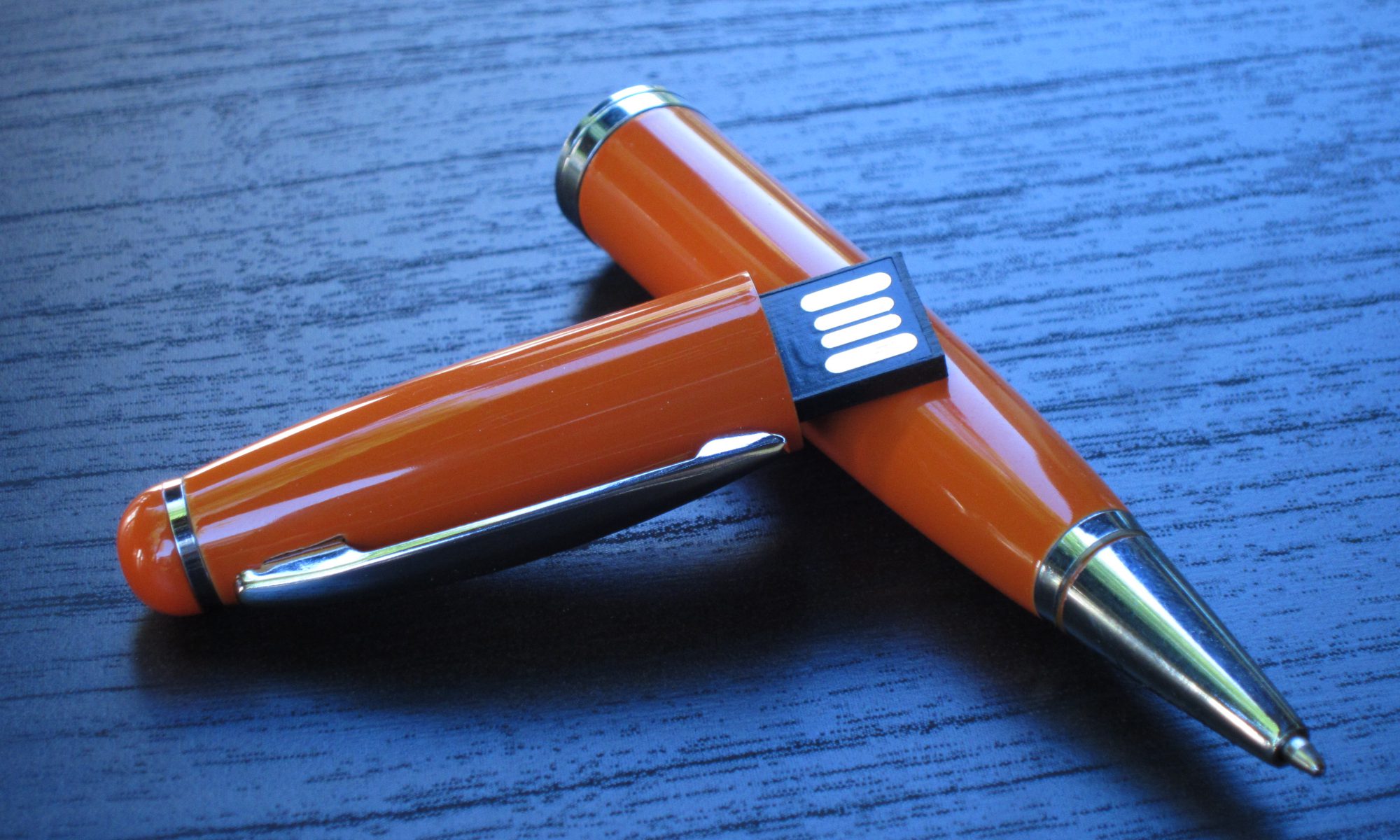Read protecting the flash drive is useful for protecting the data or by limiting how the data is used on the drive. There are several methods that can be employed for the task. However, there is no one solution that can protect and limit data access at the same time in an easy to implement solution.
Protecting the data is easy with an encrypted compressed data file. The files or directories are encrypted and then compressed using a popular ZIP compression format. When a user needs to access the data, he or she must know that password to access the file(s). This is a simple and effective way to limit the access to data. However, the drawback is also simple – once the password is known, nothing will prevent anyone who knows that password from accessing the data.
Limiting data access based on frequency (the number of times someone can access the data) or authentication (proving passwords or some other access information) is trickier.
In order to achieve protection of this level, the USB flash drive has to have an additional chipset that can uniquely identify the flash drive. Once the chipset is in place, a software package can be utilized to code the data loaded on the drive with the unique flash drive identification. The software package can be programmed to control data access through frequency, authentication or any other specified parameter.
Since the data is coded with the unique identifier on the USB flash drive, the data moved to a computer, another flash drive, or any other media will be unreadable. The only way the data can be read is by matching the data to its host with a unique id.
If you are looking for simple password protection of data for your flash drive, it is easily available. However, going above and beyond of a simple protection will involve specialized hardware and software.

